
"Be gentle when adding the eyes to the tea pastries with the bamboo stick—look, it's come to life!" On May 11, during a language corner event at the Nansha Jiaomenhe International Neighborhood, the air was filled with the light fragrance of tea, and tables were full of brightly colored pastries. Chinese and international volunteers guided both local and international residents in making Song Dynasty-style tea pastries, offering instructions in Chinese and English. This "International Volunteer Core Team", composed of residents from Nansha Jiaomenhe International Neighborhood, is driving a new model of diverse community co-governance through innovative practices.
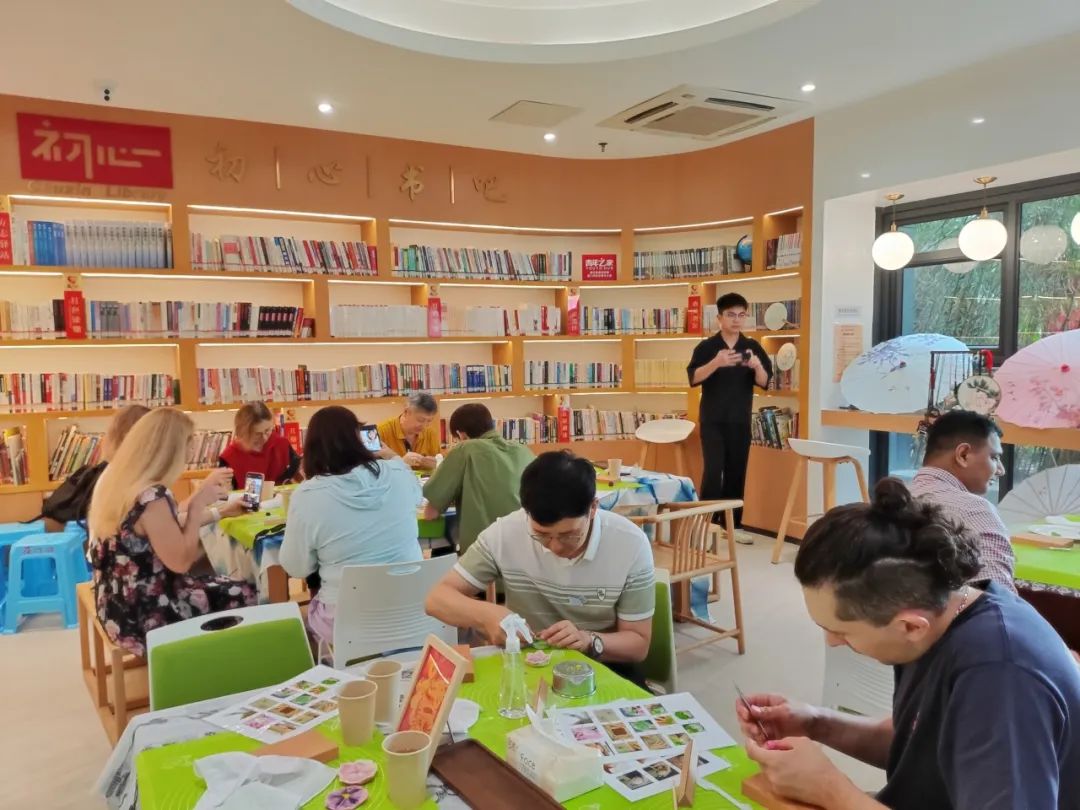
From consensus to action: The growth of the core team
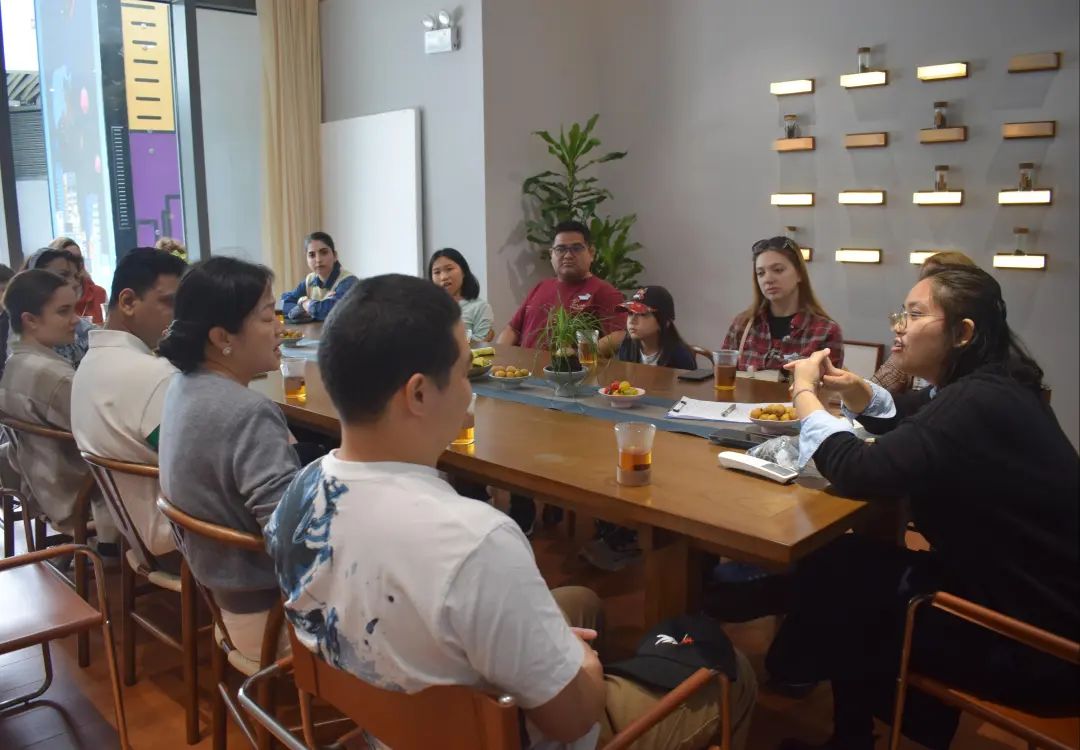
To enhance the new model of diverse co-governance in the international neighborhood, Nansha Jiaomenhe International Neighborhood has proposed a community co-governance concept that will bring together the wisdom of Chinese and international residents—the "International Volunteer Core Team." After careful preparation, the team formed at a tea gathering in April. International volunteers from countries such as Russia, India, Iran, and Mauritius, along with bilingual volunteers from China (including Hong Kong and Macao) gathered to engage in lively discussions on "How Volunteers Can Support Community Co-building". Following in-depth exchanges and a clash of ideas, the "International Volunteer Core Team" was officially established to lively applause.
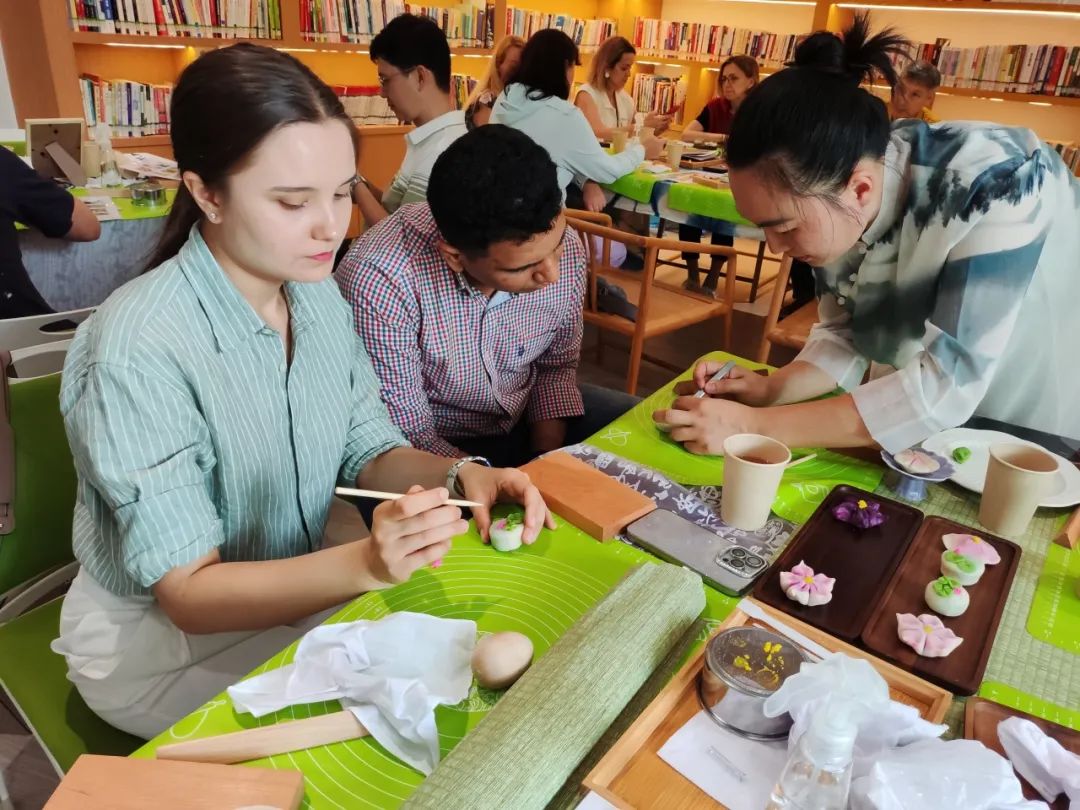
Just one month later, on May 11, at the language corner event "Song Dynasty Tea Pastry", the energetic International Volunteer Core Team carried out its first hands-on activity. Some members hosted the event; others guided residents in making the "smiling" tea pastries in both Chinese and English.
Meanwhile, others collected three suggestions for community improvement while chatting with neighbors as they moved tables and chairs. "This is a hands-on test of our working model," said Qiqi, a local bilingual volunteer. "We not only share culture but also receive three constructive suggestions."
From founding team to autonomous teams: Growing like a tree
"Our team is like a tree. The 13 core members form the trunk, and new members grow as branches. What's special is that when those branches become strong enough, they too can grow into new trunks. This is what makes the system truly full of life," explained Ghost, a volunteer from Russia, using a vivid metaphor to describe how the team works.

This model, inspired by practices in Hong Kong, adopts an organizational structure of "core team + expansion sub-teams". The 13-member core team includes more than six international volunteers, with the remaining members being bilingual Chinese volunteers (including those from Hong Kong and Macao), ensuring diverse cultural representation. As the founding team, the core team plans to invite more like-minded neighbors to join. New members will be mentored by core team members who will lead sub-teams and guide newcomers, practicing an approach of "experienced members guiding newcomers". Each sub-team maintains the same international-to-local ratio as the core team, which keeps the teams with a multicultural perspective. Once the new members gain enough experience, they can become sub-team leaders and mentor the next group of volunteers. This model not only ensures efficiency but also cultivate leadership of every member.
From "onlookers" to "co-governance": Local and international residents become key players in the community
The core team's responsibilities now extend beyond simply participating in various sporadically organized traditional volunteer services. Instead, the focus has shifted towards resident-led governance innovation, moving from passive response to active involvement in governance.
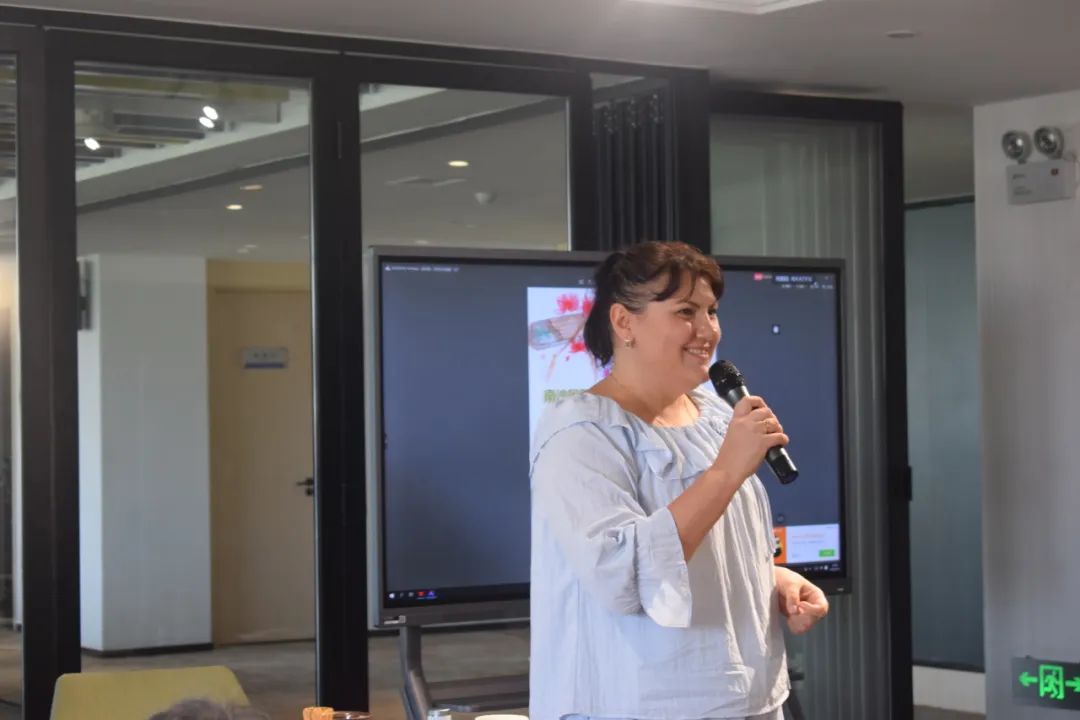
For example, the language corner serves not only as a cultural class but also as a platform for collecting opinions. Volunteers conduct informal surveys through casual conversations, turning everyday chats into 3 constructive suggestions. After team discussions, issues that can be addressed are handled immediately, while those requiring further support are referred to the neighborhood committee to be resolved through the community's operational mechanisms. Jani, a volunteer from India, shared, "In other communities, volunteers may only be responsible for carrying out assigned tasks, but here, we can directly plan activities and solve problems. At one point in time, we discovered that international residents didn't understand the social security policies. After we raised this issue, a special information session was organized in June."
The distinctive advantages of the Nansha model
The International Volunteer Core Team in Nansha Jiaomenhe International Neighborhood has presented a new approach to modernizing community-level governance in the Guangdong-Hong Kong-Macao Greater Bay Area. Shifting from an administrative supply-driven model to one centered on resident demand, this self-initiated and self-managed team, comprising volunteers from various countries and bilingual talent, naturally serves as an international governance entity. It bridges the community and the government, pioneering a two-way governance channel: On one hand, as "community partners," volunteers engage closely with residents' daily lives, identifying community needs through informal interactions such as casual conversations and cultural activities. On the other hand, as a "policy bridge," the team has established regular communication with government departments, to ensure timely and efficient responses to community concerns.
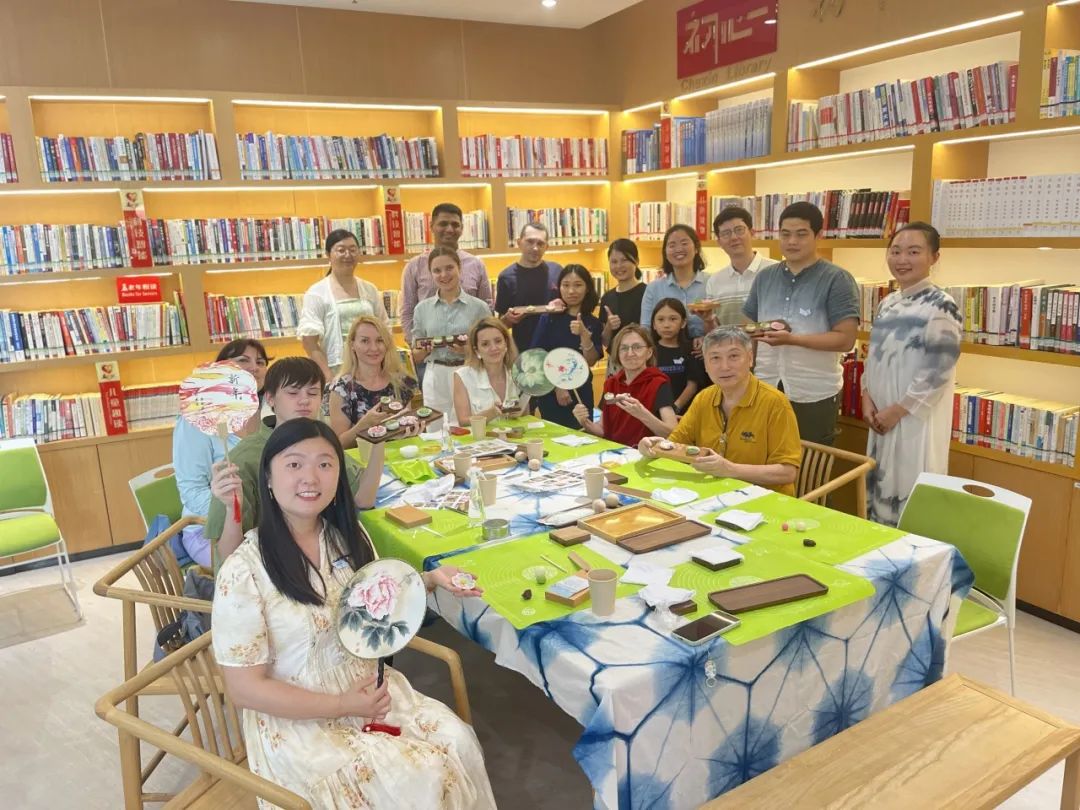
"We are not simply onlookers of problems. We are co-creators of solutions," remarked Seb, a volunteer from Mauritius, as he perfectly captured the essence of the model. By transforming the traditional government-resident relationship into a triangular structure of collaborative governance among government–volunteer team–residents, this innovative approach offers a model of diverse co-governance for international neighborhoods across the Greater Bay Area and contributes a "Nansha solution" to modern community-level governance in the new era.
Looking ahead: Welcoming more local and international residents to join
"We're just getting started," said Qiqi, a core team member. "We look forward to having more neighbors, both local and international, join us to make our community even better." Many residents have been asking about how to sign up, showing strong enthusiasm for this co-governance model.
Source | Guangzhou Foreign Affairs Office
















